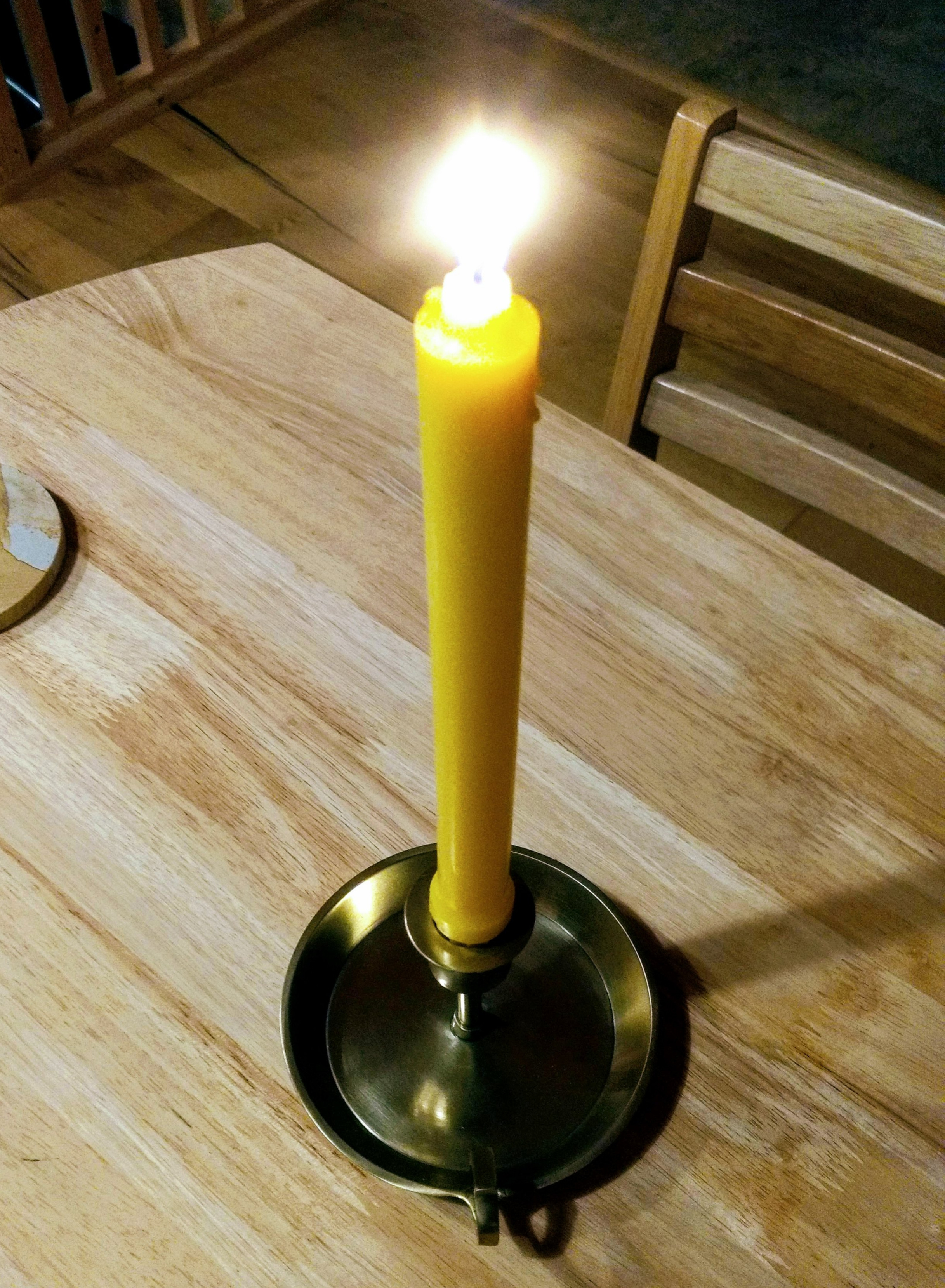As I drove north through California last week, I witnessed the most symbiotic relationship in modern agriculture—white bee hives peppering the green-and-brown almond groves that have taken over the Central Valley. Thousands of hives had already been moved into the almonds, perhaps some of them overwintering there, and thousands more will follow. This migration is in anticipation of California’s massive almond bloom in late February. I’m not sure how well this is known outside of almond an beekeeping circles, but each almond you pop into your mouth has likely been midwifed by a honey bee.
Almond growers need about two colonies of bees for each of their one million acres, so beekeepers need to have two million hives in the Central Valley for the February through March bloom period. That’s about 3/4 of the total honey bee population in the United States. Let that sink in—right now a vast majority of America’s honey bees are in the almond groves. It seems the easy thing would be to set up massive apiaries in almond country and keep bees there year-round. But driving through the area it’s clear why this won’t work—there are, ironically, too many almonds. During the 11 months of the year when there are no blossoms on the almond trees, the bees would go hungry. It’s the same reason the almonds can’t be pollinated by native species—their populations are nowhere close to adequate to touch each flower. It’s a sad side effect of monoculture at this huge scale, and I suspect it leads to a dearth of forage and habitat for all types of animals, not just honey bees. But it’s the reality we’ve created, so commercial beekeepers truck in their hives year after year to satisfy humanity’s swollen demand for almonds.
White bee hives sitting between newly planted and mature almond trees
The going rate for a hive is probably north of $190 this year, or about $380 million for the entire pollination. Believe it or not, this is more than the $320 million US beekeepers make selling honey (mostly due to depressed prices caused by China flooding the world with cheap “honey”). That’s a big incentive to pack up your hives and send them west. How do almond growers afford this? Well, at current market rates of $3 per pound, their combined annual revenue is over $5 billion. So the cost of pollination—while it’s been climbing—isn’t sending growers to the poor house.
This co-dependence comes with great risk. The difficulty we’ve had keeping bees alive over the last decade has no doubt struck fear into the hearts of almond growers. It’s no surprise, given the stakes, that a lot of money has been thrown at helping “save the bees” from pests like varroa mites. A multi-billion dollar industry needs bees to support its production. But it works both ways. Big beekeepers are so dependent on payments from almond pollination that a disruption would remove much of their incentive to keep so many colonies—or even their ability to stay in business at all. The near-term outlook is pretty good for both US almond growers and beekeepers, but with our almonds concentrated in a single area, the industry seems vulnerable to things like disease, climate change, and natural disasters. It’s also easy to imagine another country might have its own plans to reduce the world’s reliance on California almonds (looking at you again, China).
For now, commercial beekeepers can count on big checks from pollination, and almond growers can count on even bigger checks from food processors and exporters. But there could be a shake-up coming in our lifetimes (did I mention many of the almond trees now being planted are self-pollinating?). This could ultimately lead to a drastic decline in our honey bee population, similar to what happened after World War II when the government stopped subsidizing beekeepers. I haven’t decided yet if this would be a good or bad thing…while I’m not a huge fan of large-scale commercial beekeeping, the demise of those operations would greatly reduce money for things like honey bee advocacy, habitat preservation, scientific research, and development of bee-related products. Arguably, it could also improve the health of what would remain of the bee population by putting an end to the mass migration into a concentrated area each year, where pests and diseases are shared between colonies that would otherwise never be in contact. In the meantime, I’ll try to keep my homegrown line of bees healthy and happy, my tiny little bit of land pollinator-friendly, and my honey flowing.




